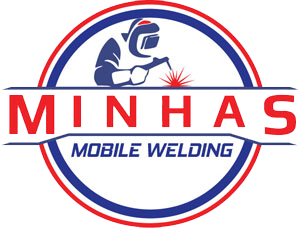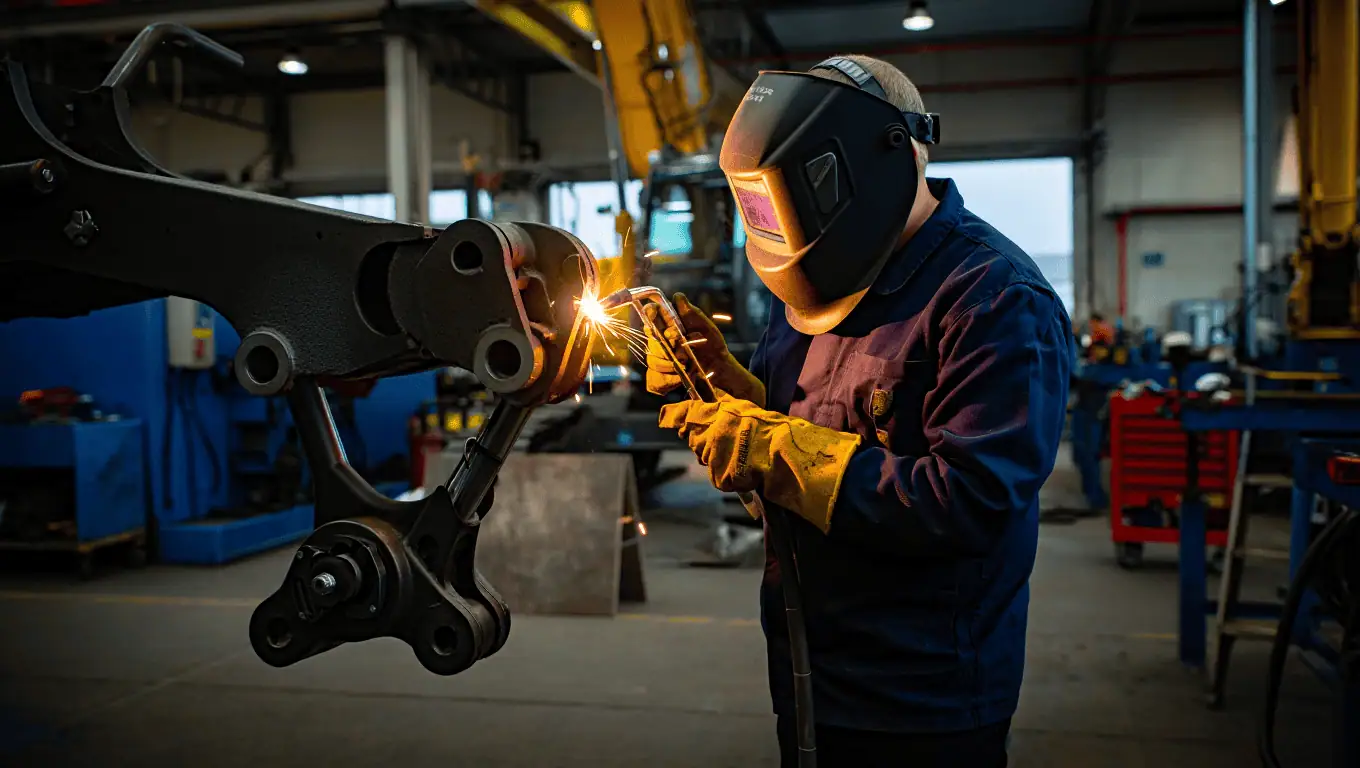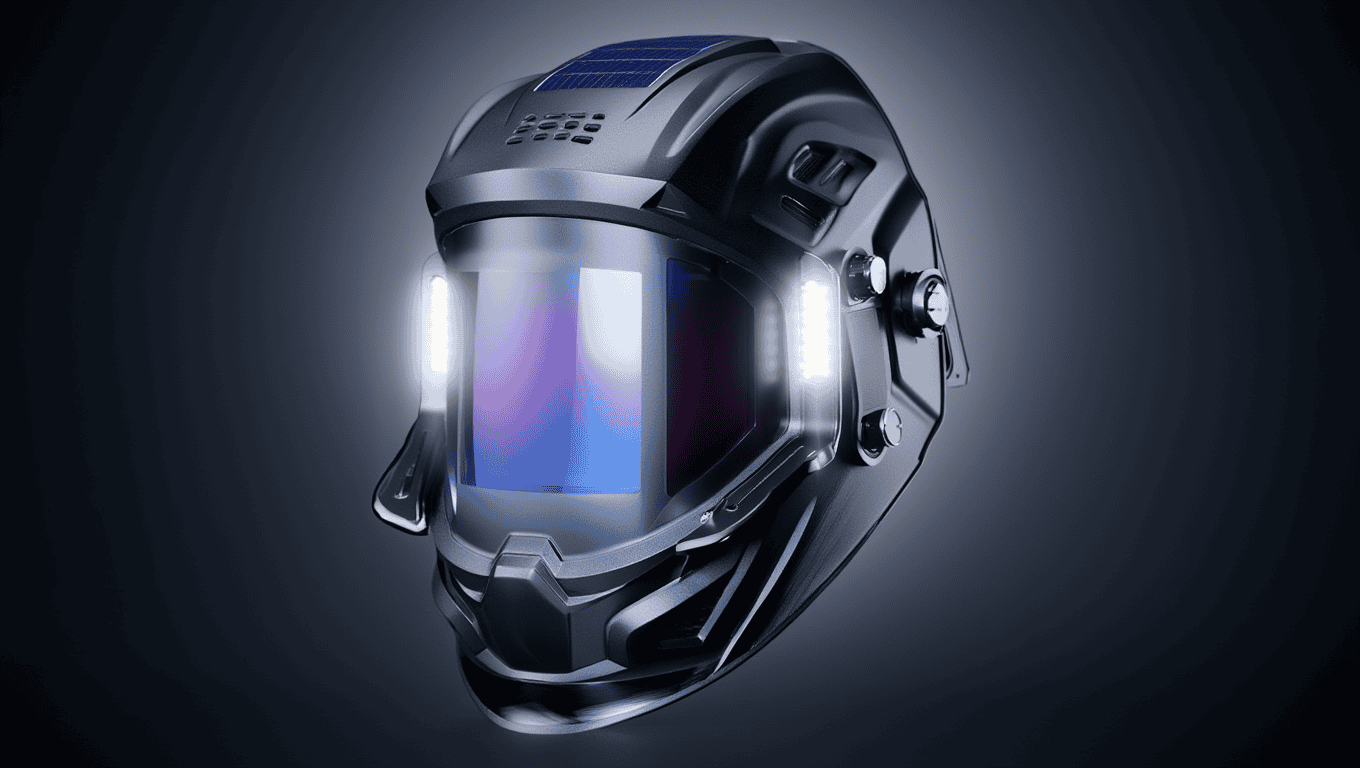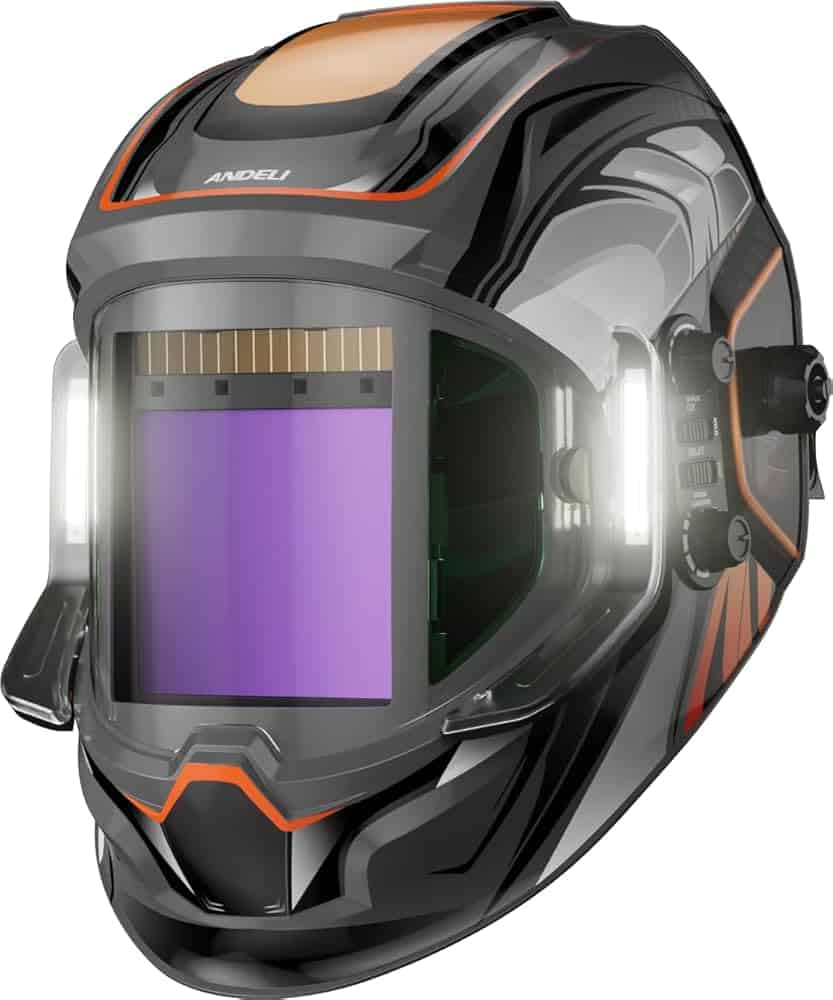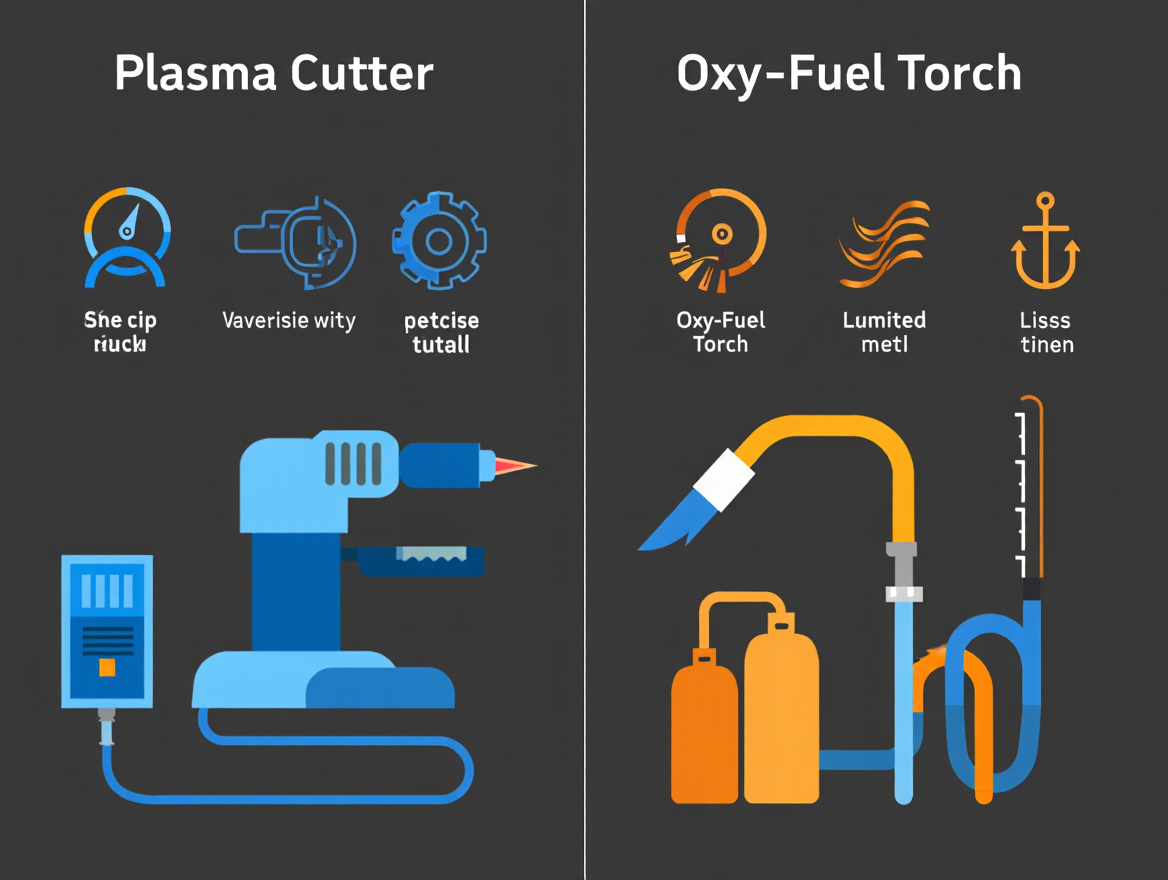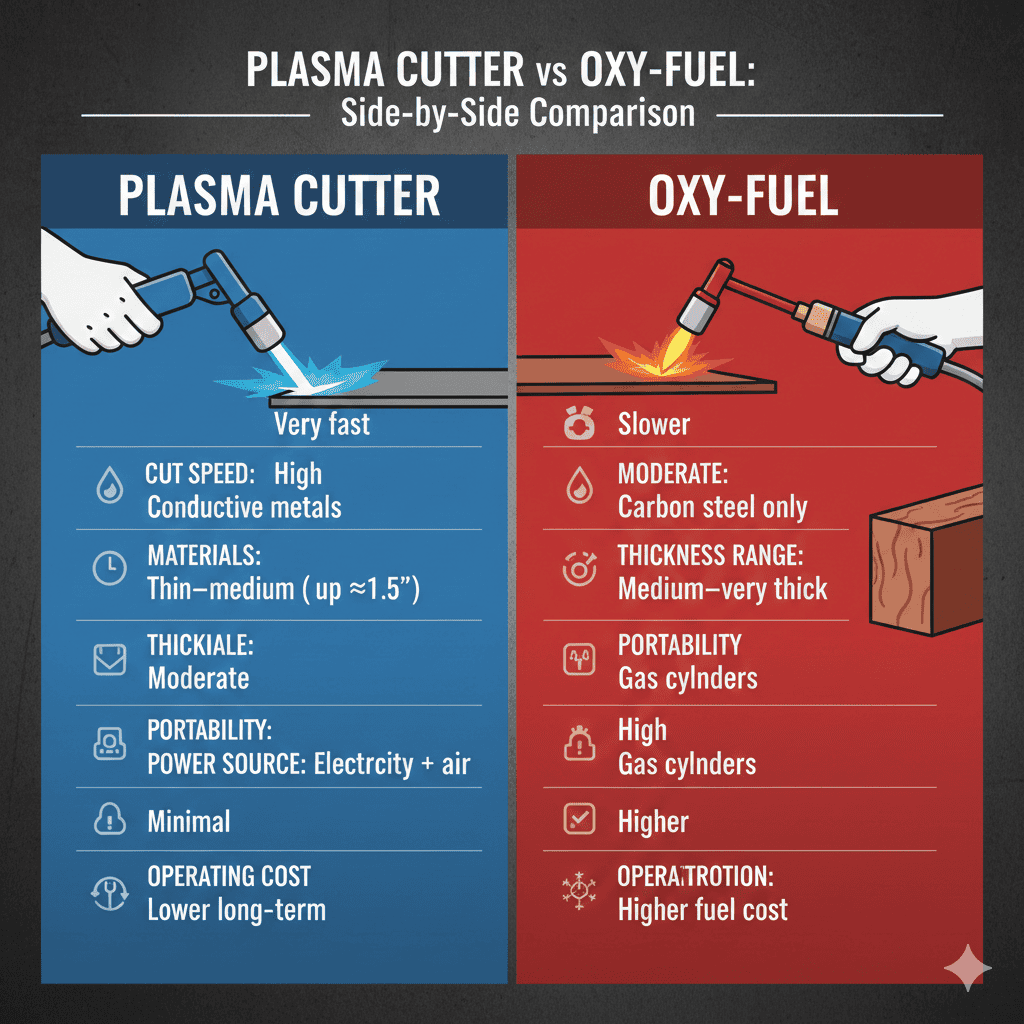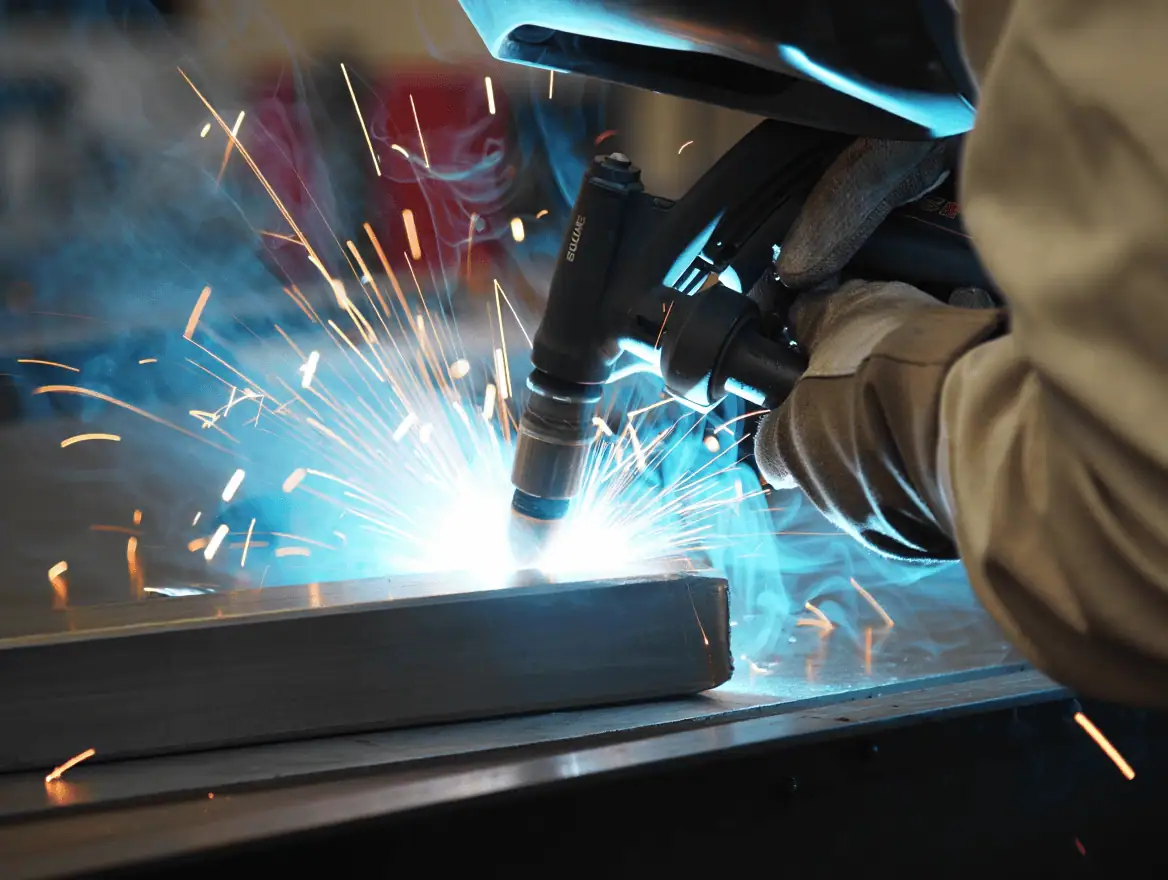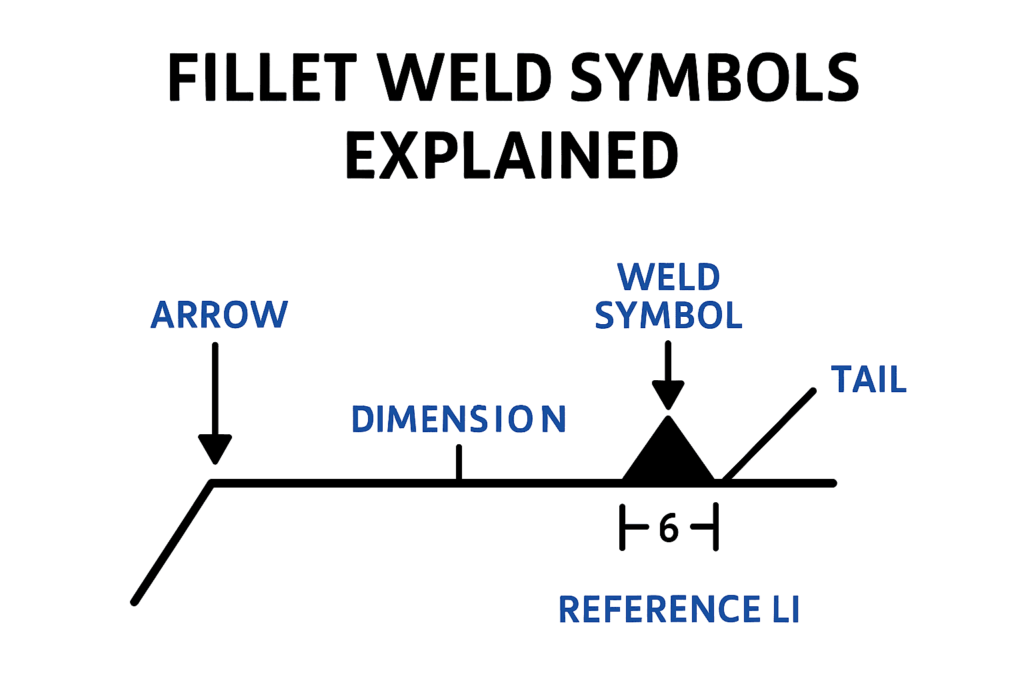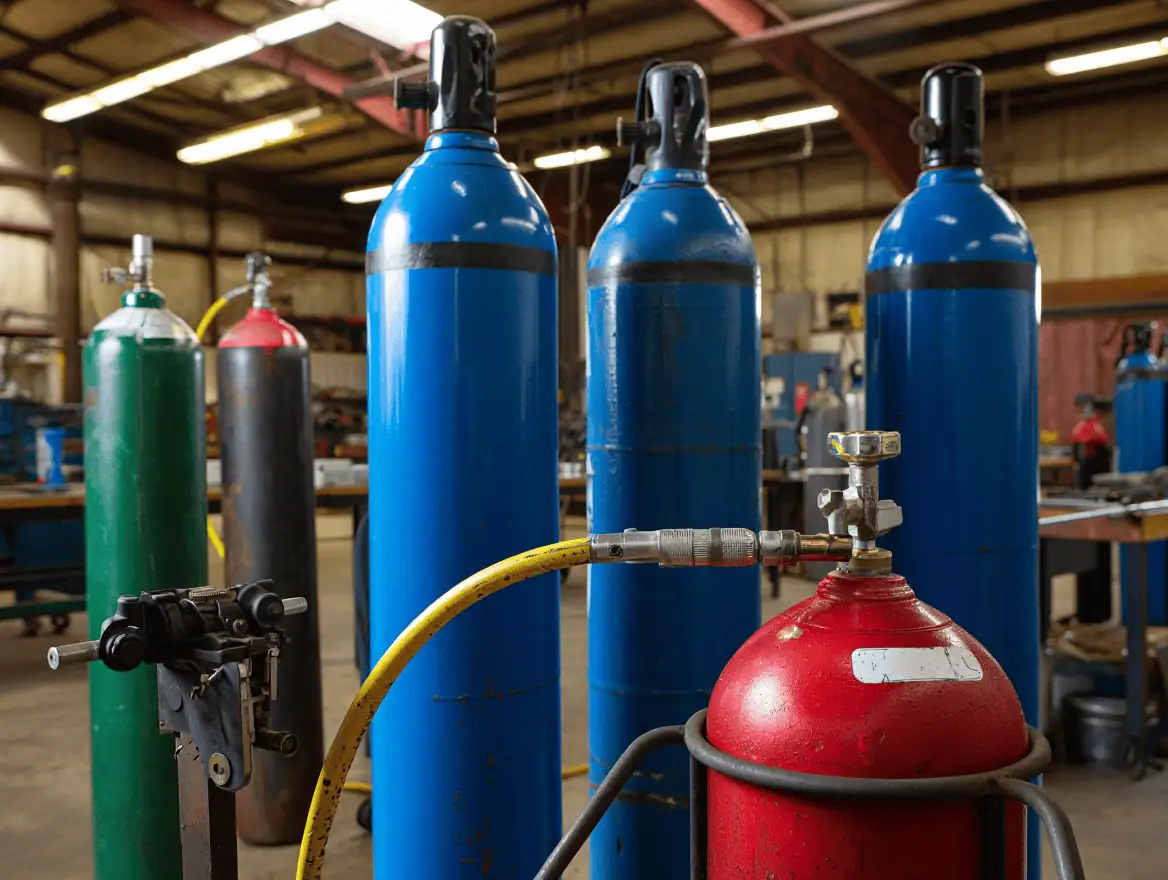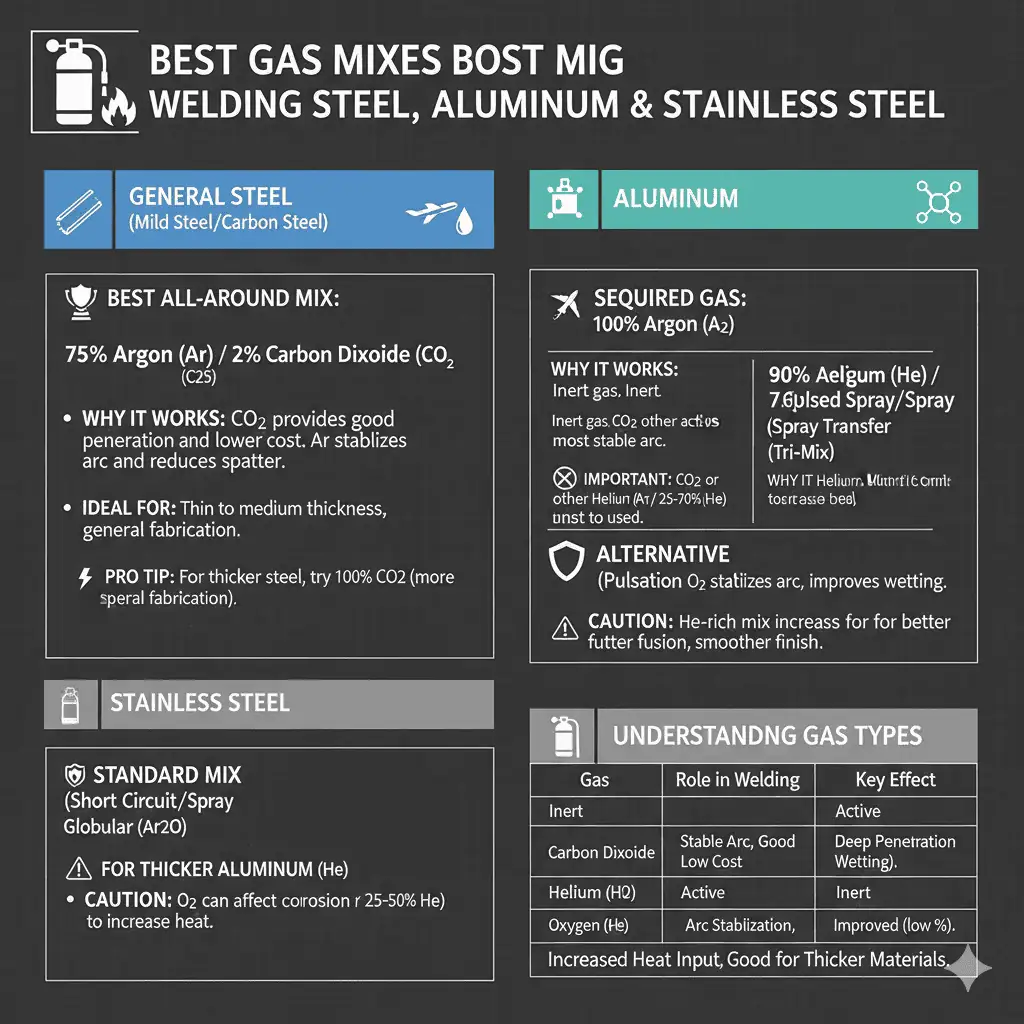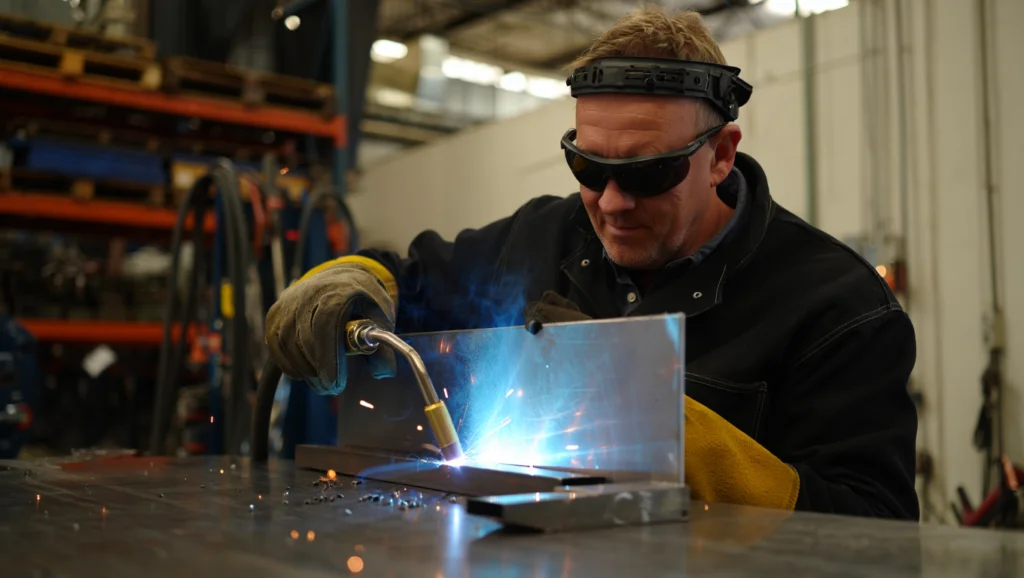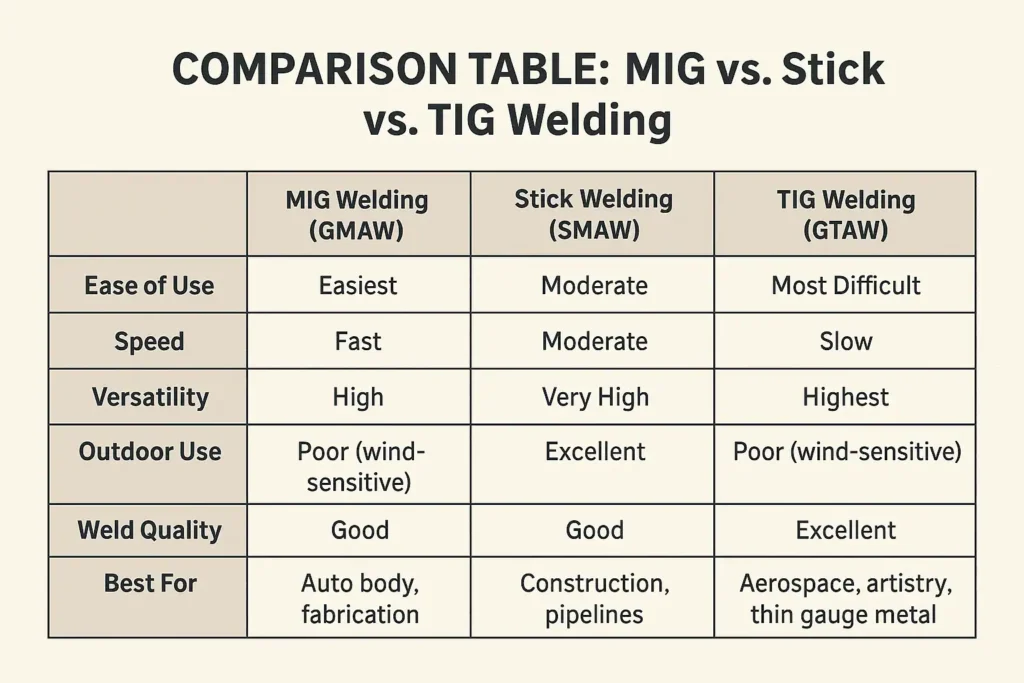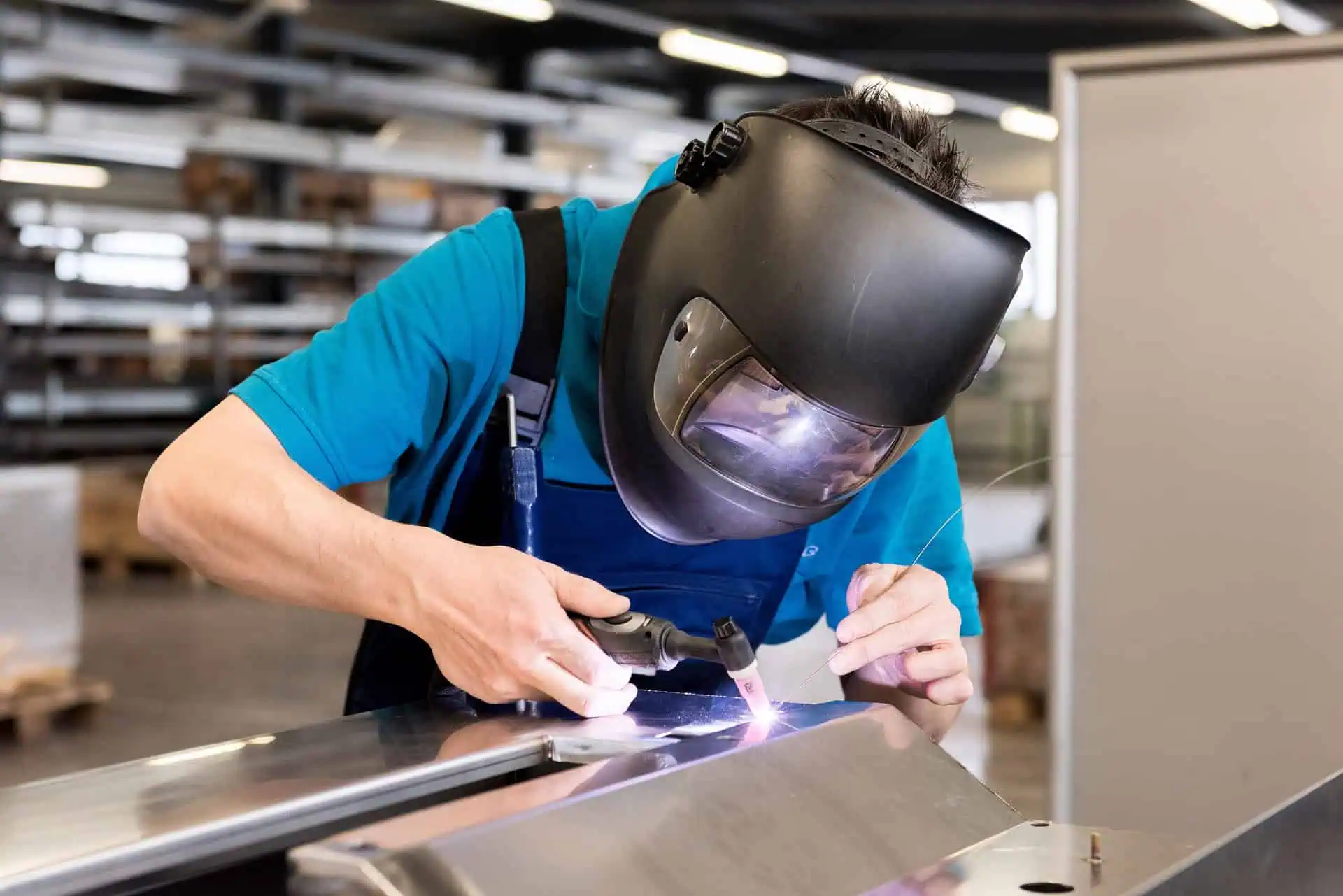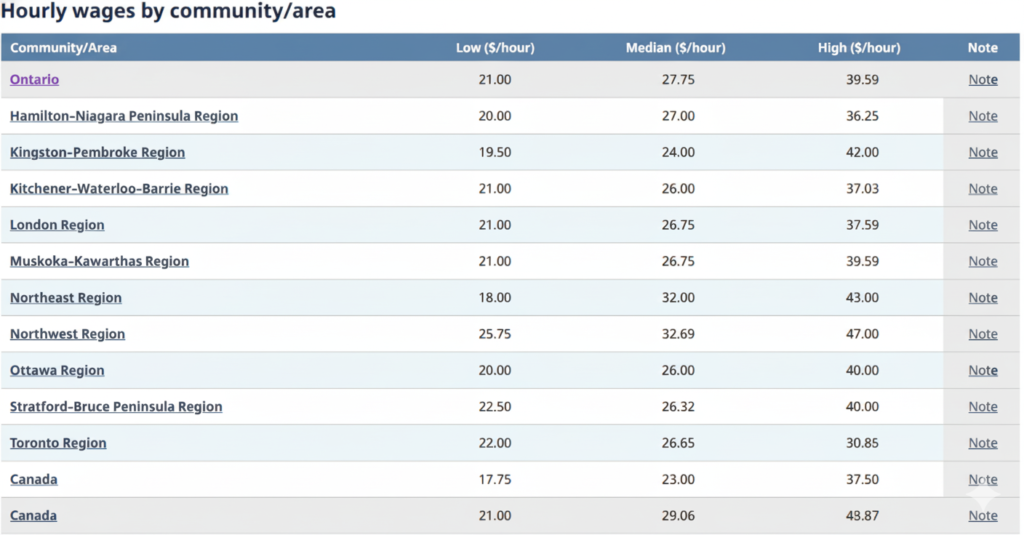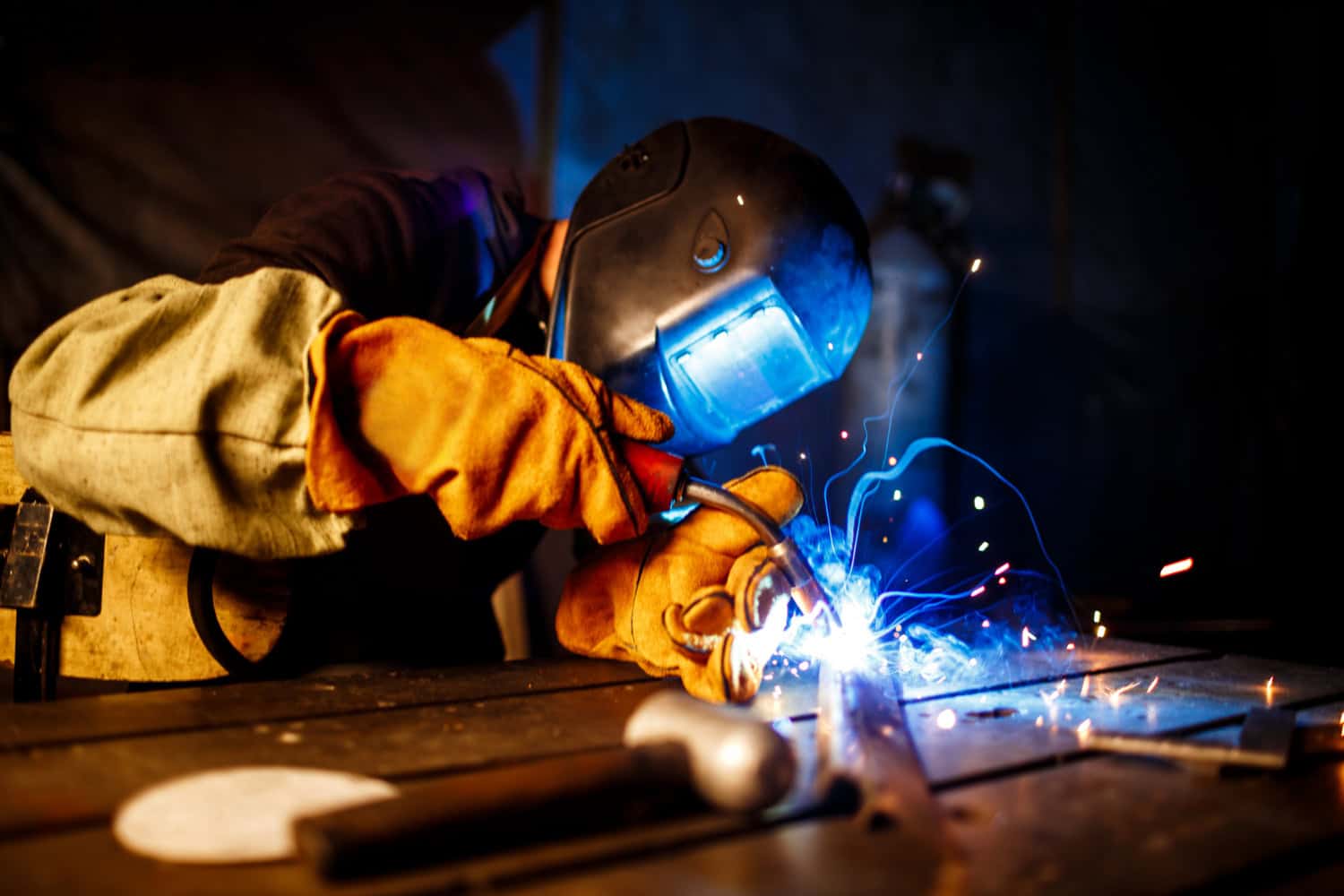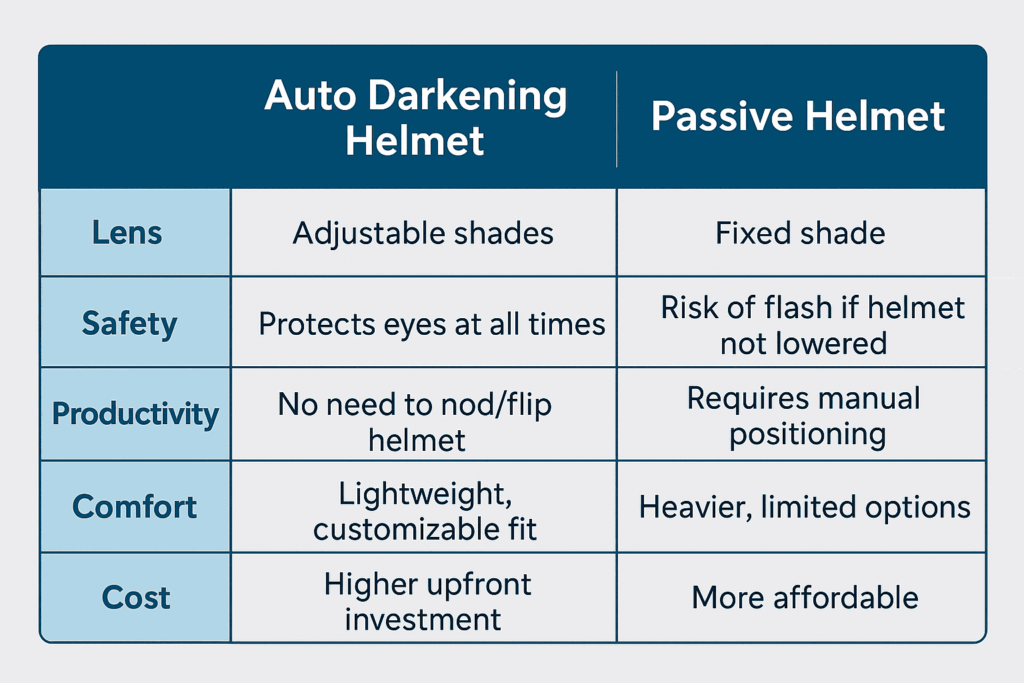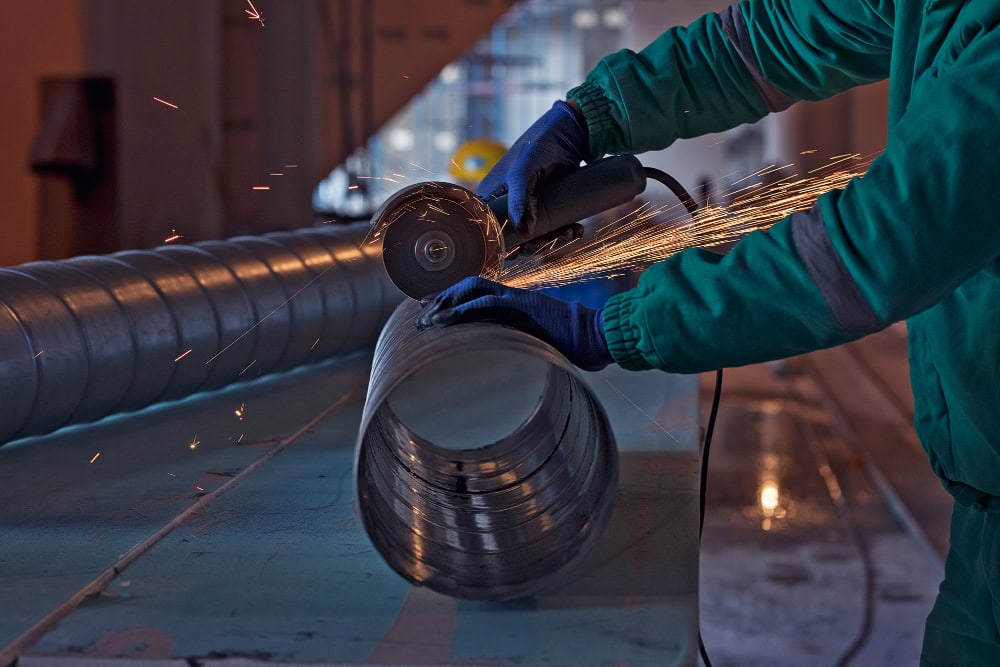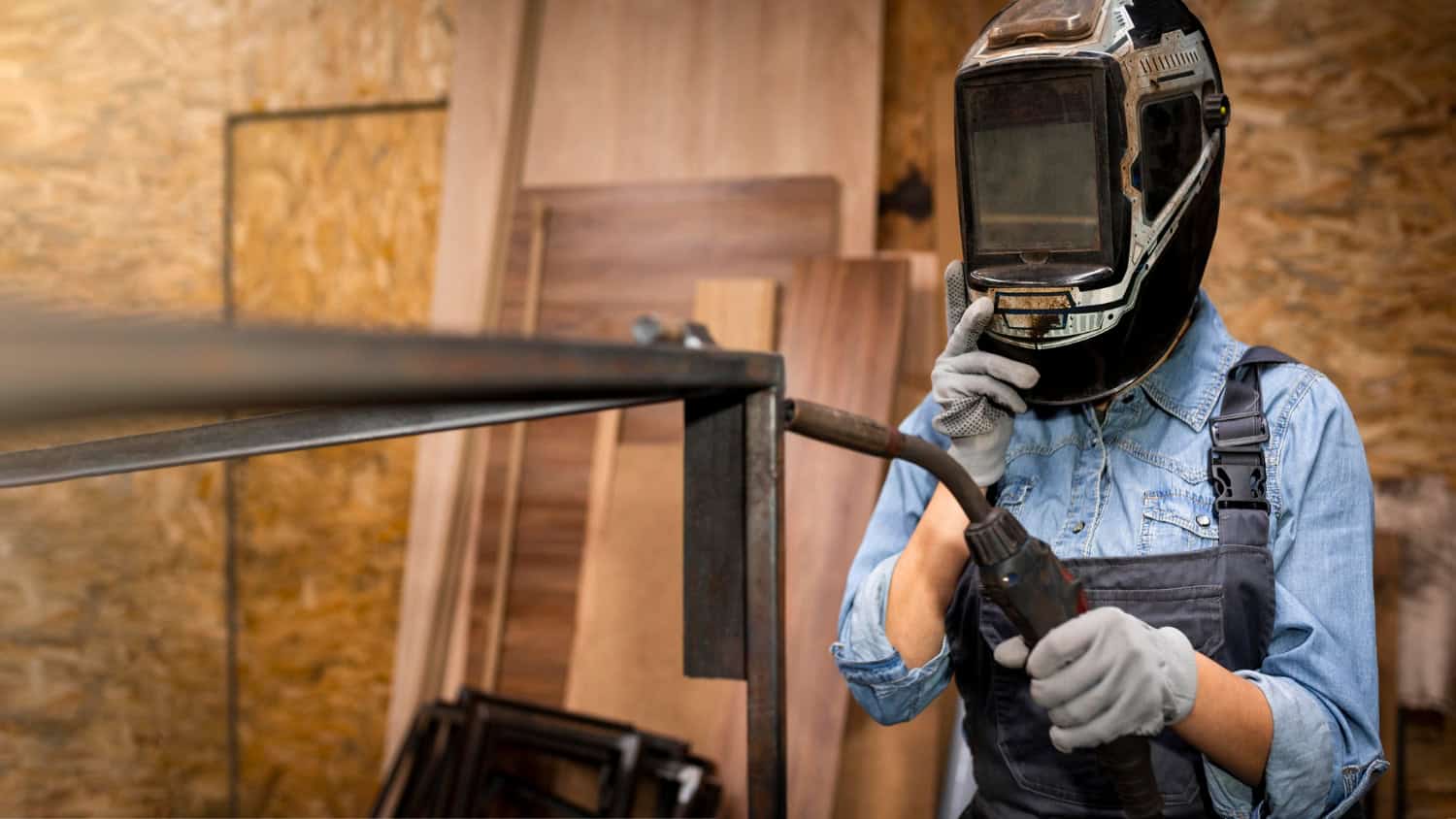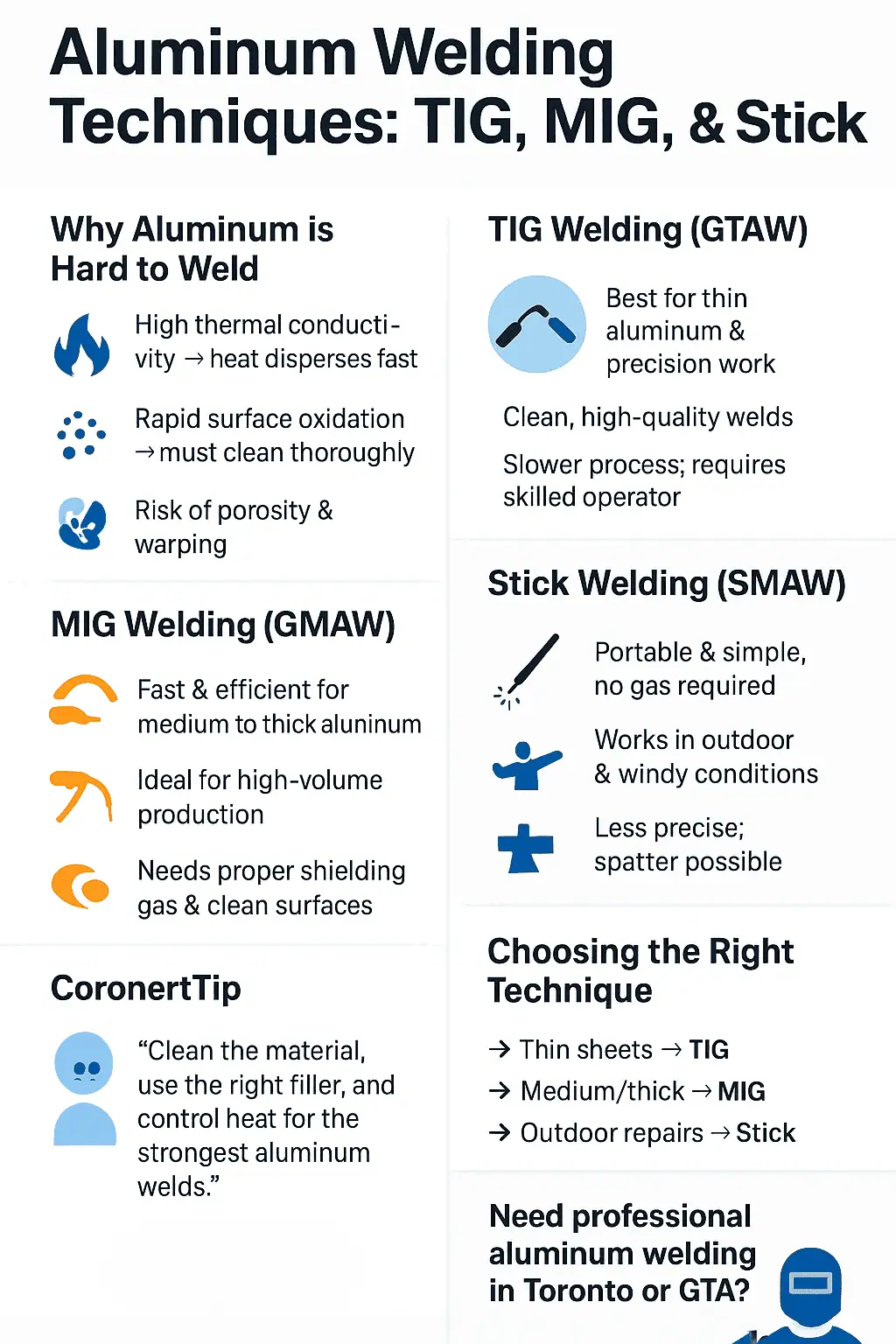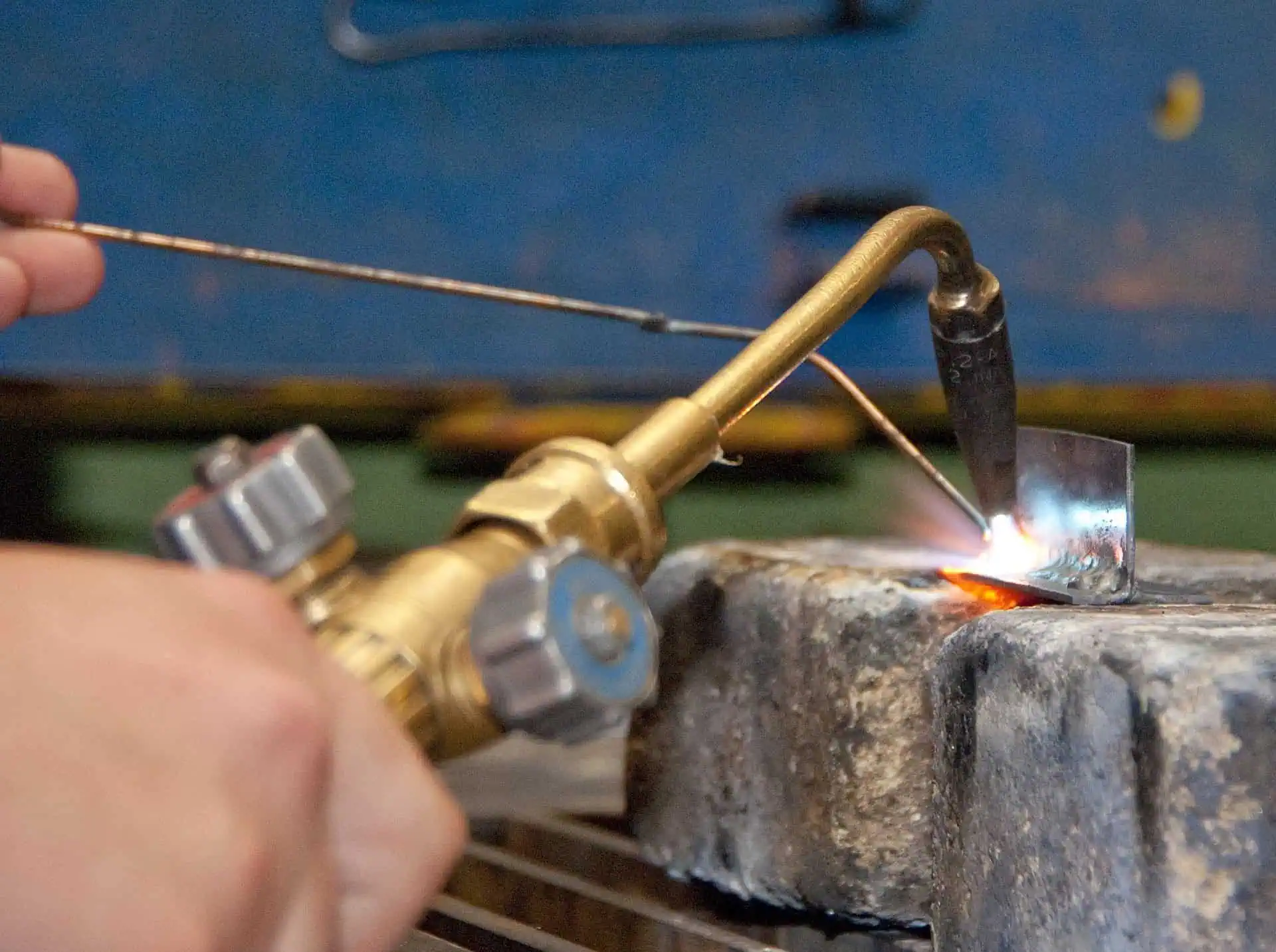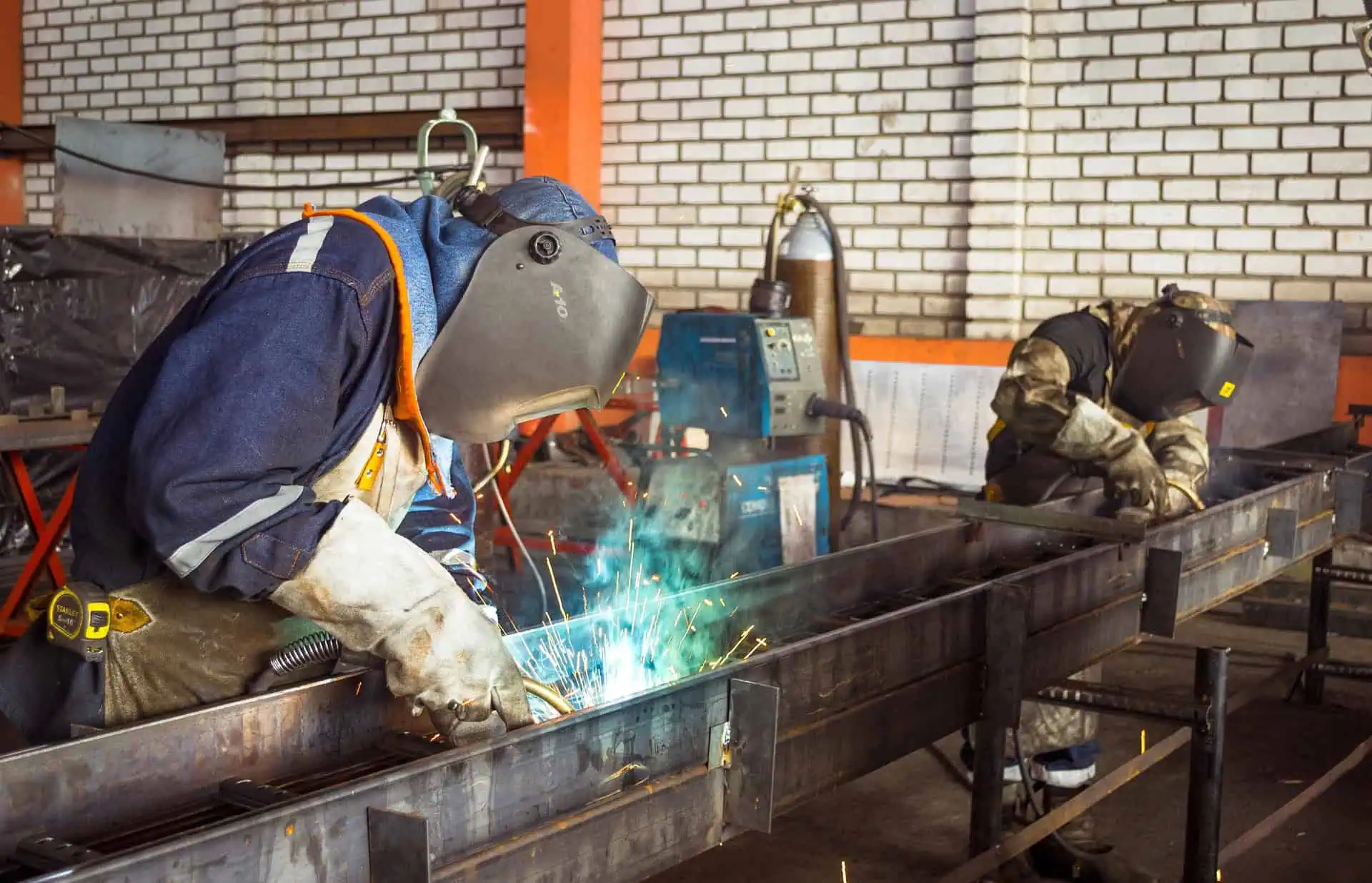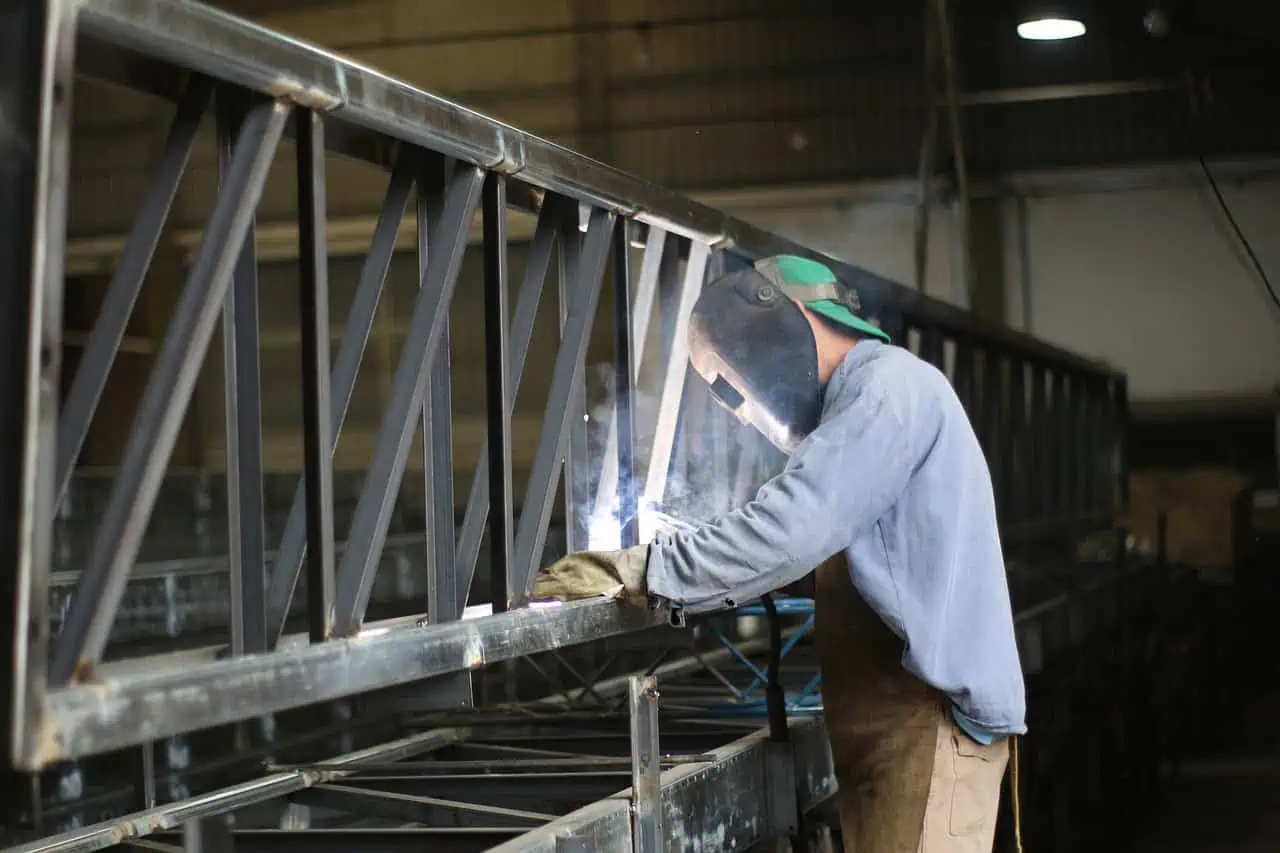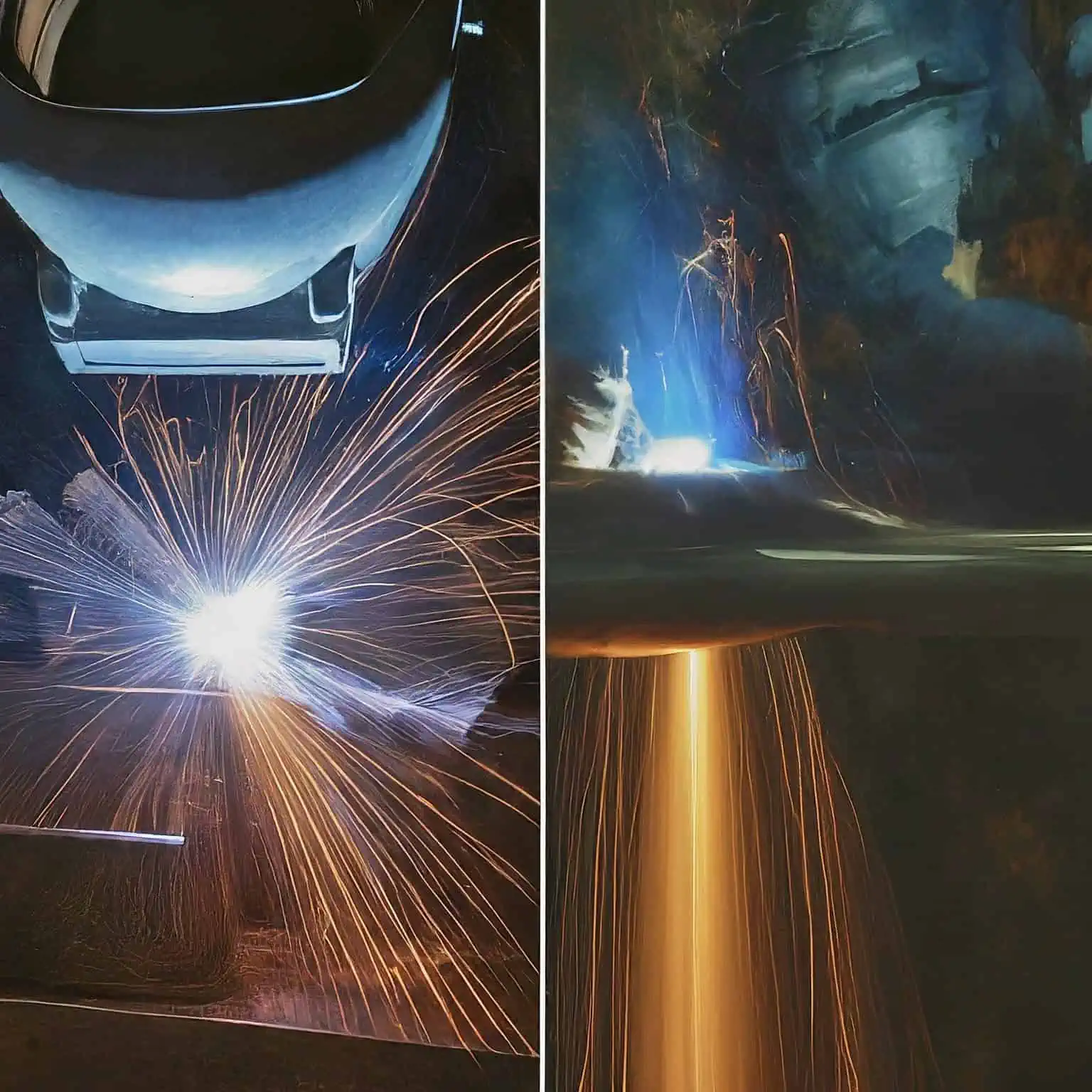For project managers and site supervisors across Ontario, a single broken piece of heavy equipment doesn’t just mean a repair bill-it means a stalled project, missed deadlines, and lost revenue. Waiting for a shop to have an opening, paying for expensive transport, and losing equipment for weeks is a costly headache. The most efficient solution is already in your toolbox: on-site mobile welding for heavy equipment repairs. Having a certified welder come directly to your job site in Toronto or the GTA can turn a week-long stoppage into a same-day fix.
10 Common Heavy Equipment Repairs / Fix On-Site
Below are 10 common heavy equipment repairs that can be expertly handled on your site, getting your machinery-and your project-back on track without delay.
1. Cracked and Worn Bucket & Blade Edges
- The Problem: Loader buckets, excavator buckets, and grader blades take tremendous abuse. Cracked lips, worn-down cutting edges, and torn side plates drastically reduce efficiency and material retention.
- The On-Site Fix: Our mobile welders bring the workshop to you. Using heavy-duty Flux-Cored Arc Welding (FCAW) ideal choice for thick materials and outdoor conditions-we can rebuild worn edges with hard-facing materials, reinforce cracked sections, and replace entire cutting edges. This restores optimal performance and extends the component’s life.
2. Hydraulic Cylinder Mounting Points and Pins
- The Problem: The brackets and ears that hold crucial hydraulic cylinders are high-stress points. Repeated force can cause them to crack, wear out, or break completely, leading to dangerous cylinder failure and a complete machine shutdown.
- The On-Site Fix: This is a precision repair that demands a strong, clean weld. Our team uses advanced techniques to meticulously rebuild these mounting points, ensuring perfect alignment for the cylinder pins. We ensure a weld with the structural integrity to handle the original load specifications.
3. Structural Frame and Chassis Cracks
- The Problem: The main frame is the backbone of your equipment. Stress fractures and cracks in the chassis or boom footings are critical failures that threaten the entire machine’s safety and operability. Ignoring them is not an option.
- The On-Site Fix: Repairing a structural frame requires deep expertise. Our certified welders perform a thorough assessment and use appropriate pre-heating and welding procedures (like Stick or MIG welding) to create a repair that is often stronger than the original metal. We fix the root cause, preventing the crack from reappearing.
4. Final Drive and Track Frame Repairs
- The Problem: For tracked equipment like excavators and bulldozers, the final drive housing and track frames are under constant strain. Damage here from rocks or stress can seize up a track system, immobilizing the machine.
- The On-Site Fix: Our mobile service is perfect for this cumbersome repair. We can dismantle the track, repair or reinforce cracked housings and frames on the spot, and get your machine moving again. This avoids the massive cost and hassle of removing and transporting an entire track assembly.
5. Ripper Shanks and Teeth
- The Problem: Ripper tips and bucket teeth are designed to be consumable, but the shanks that hold them can also wear down, bend, or break. A damaged shank makes tooth changes difficult and reduces penetration power.
- The On-Site Fix: We carry high-hardness steels and alloys on our mobile trucks. Our welders can quickly build up worn shanks, straighten bent ones, or fabricate and weld on a complete new point, ensuring your earth-moving attachments are ready to tear into the toughest ground.
6. Conveyor and Hopper Liners
- The Problem: In screening and crushing plants, abrasive materials constantly wear down steel hoppers, chutes, and conveyor frames. This leads to holes, thin spots, and material leakage, creating a maintenance and housekeeping nightmare.
- On-Site Fix: We specialize in on-site fabrication and repair. Our team can patch holes, reinforce thin areas, and weld in wear-resistant liner plates (like AR400 steel) directly in your plant. This minimizes downtime and protects your equipment from further abrasive damage.
7. Fuel, Hydraulic, and Air Tanks
- The Problem: Leaks in essential fluid tanks are a major hazard and an environmental risk. Whether it’s a puncture, a split seam, or corrosion, a leaking tank needs immediate, reliable attention.
- The On-Site Fix: Our welders are experts in TIG and MIG welding for thin metals and are trained in safe tank repair protocols. We can safely patch, seal, and reinforce tanks on-site, ensuring a leak-proof, durable repair that meets safety standards, all without removing the tank.
8. Boom and Stick Wear Pads and Bushings
- The Problem: The constant metal-on-metal grinding between an excavator’s boom and stick accelerates wear. Worn-out pads and bushing seats cause excessive play, poor control, and accelerated damage to more expensive components.
- The On-Site Fix: Our mobile team can precisely cut out the old, worn pads and weld in new, high-durability replacements. We can also rebuild worn bushing housings to the correct tolerances, eliminating slop and restoring smooth, precise machine movement.
9. Custom Brackets and Guard Fabrication
- The Problem: You need a new bracket for a hose, a step for safer access, or a protective guard for a hose line. Waiting for a parts order or a fabricator’s schedule can take weeks.
- The On-Site Fix: Custom metal fabrication is a core part of our mobile service. We carry stock steel and can measure, cut, and weld custom components right on your equipment. This solves immediate problems and improves your machine’s functionality and safety.
10. Emergency Breakdowns and Accident Damage
- The Problem: Breakdowns and job-site accidents don’t happen on a convenient schedule. A bent push-blade from a hidden boulder or a broken latch on a haul truck box can stop work instantly.
- The On-Site Fix: This is where 24-hour emergency mobile service proves its worth. We respond quickly to your site, assess the damage, and perform the necessary repairs or reinforcements to make your equipment safe and functional again, any time of day or night.
Why Choose Minhas Mobile Welding for Your On-Site Repairs?
Bringing the repair to you is more than a convenience; it’s a strategic advantage. When you call our mobile team, you get:
- Zero Downtime for Transport: Your equipment stays on-site, saving hundreds in hauling fees.
- Faster Turnaround: Repairs often start and finish the same day.
- Expertise Across All Metals: From heavy steel to aluminum and stainless steel, our certified welders are proficient in all materials common to heavy equipment.
- One Call for All Needs: We are your single source for welding, steel fabrication, and industrial repair across the GTA.
- Free, On-Site Estimates: We assess the job directly and provide a transparent quote before any work begins.
Don’t let equipment failure derail your project timeline and budget. For a free, on-site assessment and estimate, contact Minhas Mobile Welding today.
